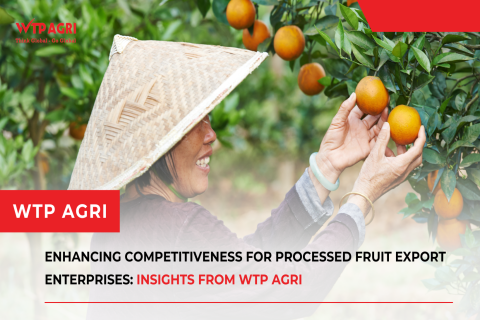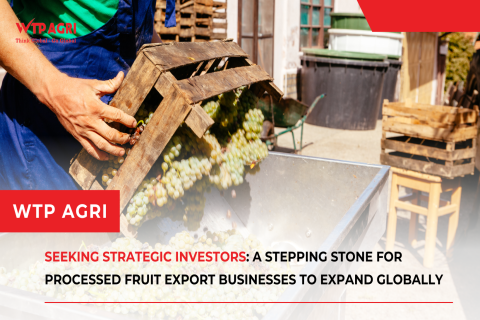Production process of nata de coco
Nata de coco is a chewy coconut jelly made from coconut water fermented by the bacteria Acetobacter xylinum. It has a slightly sweet taste, a unique texture, and is a popular ingredient in desserts and drinks in Southeast Asia.
Production process of Nata de coco:
- Preparation of materials:
- Fresh coconut water: Coconut water is the main raw material for Nata de coco production. It should be extracted from mature coconuts, have a slightly sweet taste, and be free from spoilage.
- Acetobacter xylinum bacteria strain: This bacteria strain plays a crucial role in the fermentation process, converting the sugar in coconut water into cellulose, which forms the Nata de coco.
- Other ingredients: Sugar, acetic acid, vitamin B1, agar, etc.
- Coconut water treatment:
- Coconut water is filtered to remove dirt and impurities.
- It is boiled at 100°C for 15-20 minutes to kill bacteria.
- It is cooled to a temperature suitable for fermentation (around 28-30°C).
- Fermentation:
- The treated coconut water is poured into a fermentation tank.
- Acetobacter xylinum bacteria strain is added to the tank in a suitable proportion.
- The pH of the fermentation solution is adjusted (around 3-3.5) using acetic acid.
- Other ingredients such as sugar, vitamin B1, and agar are added to support the fermentation process and give Nata de coco its chewy texture.
- It is fermented for 7-10 days at 28-30°C.
- Harvesting and processing:
- Nata de coco is harvested after a thick, firm, and chewy layer has formed.
- It is washed thoroughly with water multiple times to remove acetic acid.
- It is cut into small pieces or strips.
- Nata de coco is cooked with sugar to add sweetness and preserve it.
- It can be canned or packaged for preservation and sold on the market.

Nata de coco - Delicious, nutritious, suitable for all ages:
- Rich in fiber: It supports better digestion, helps you feel full longer, and reduces cravings.
- Source of vitamins and minerals: It provides vitamin B1, B12, C, and other essential minerals for the body.
- A treat for all ages: Children enjoy its slightly sweet and chewy taste, while adults appreciate its health benefits.
Nata de coco: Facts and figures
- Global demand for Nata de coco: 1 million tons per year
- The production king: Indonesia with 500,000 tons per year
- Vietnam: Also a major producer with 100,000 tons per year
- Price: 20,000 - 50,000 VND/kg, affordable for everyone

WTP Agri, boasting over 350,000 hectares of cultivation and a network of 20 processing plants nationwide, takes pride in being a premier partner in the Nata de coco industry. Our extensive scale not only allows us to grasp new flavor trends but also ensures top-tier quality. If you are seeking a reliable supplier of new flavor nata de coco in Vietnam to embark on the journey of conquering these emerging trends, WTP Agri is your most dependable choice.
Do not hesitate to reach out to us for further insight and exploration into how we may contribute to the sustainable development of your enterprise. Contact us by filling out the contact form which you can find on this page. Either get in touch with our team at agri.crm@wtp.vn or give us a call on (+84)971 279 099. And remember we can also provide tailored service if you need it.
News Related
- Dried Fruits Import: Attractive Business Opportunity for International Businesses
- 5 delicious and refreshing nata de coco drink recipes
- A step forward in bilateral cooperation between Vietnam - the United States
- Advantages of shifting the fruit juice supply chain to Vietnam
- Aloe Vera Juice – Manufacturer and Supplier

 Vietnamese
Vietnamese  Korean
Korean Japanese
Japanese Chinese
Chinese



